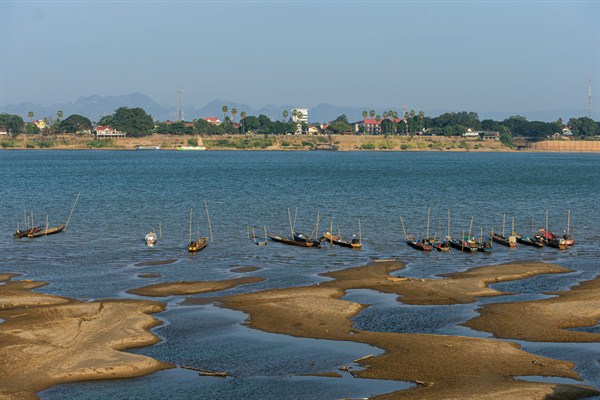As societies around the world focus on containing the spread of the novel coronavirus, millions of people in Southeast Asia have another worry on their minds: How to put food on their table amid a devastating drought.
In Thailand, historically low levels of rainfall since last summer have taken a heavy toll on the agriculture sector, which employs 11 million people. Inland fishing communities across the region are reporting drastically smaller catches. And in Vietnam, a state of emergency was declared earlier this month in five provinces in the southern Mekong Delta, which produces more than half of the country’s rice on just 12 percent of its land area.
The proximate cause of the drought is last summer’s El Nino, characterized by above-average water temperatures in the eastern Pacific Ocean that alter weather patterns around the world. For much of Southeast Asia, this meant an uncharacteristically dry monsoon season last year, as the heavy rains that typically start in late May or early June never really arrived. That came on the heels of a similar weather event in 2015 that also caused severe drought in the region. Studies have found that climate change is making intense El Nino events more common.

